Hey there, fellow seal enthusiasts! Today, we’re diving deep into the world of O-rings. Now, before you roll your eyes and think, “How boring can O-rings be?” stick with me. We’ll turn this technical topic into a thrilling adventure of sealing success and failure recovery. Ready? Let’s go!
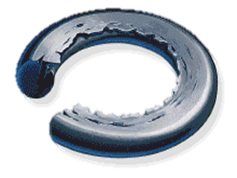
Your O-ring looks like it’s been chewed on by a pack of tiny, mechanical beavers. Those ragged edges are a classic sign of extrusion or nibbling, often found in high-pressure systems.
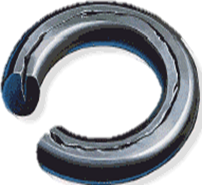
The O-ring is flat as a pancake, with parallel surfaces that match the sealing faces, and may even show circumferential splits.
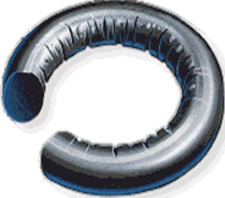
Your O-ring might be cracking radially on the high-temperature surfaces, possibly with a shiny, hardened look.
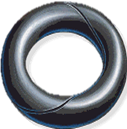
The O-ring looks like it’s been attacked by a spiraling, invisible force, leaving deep, angled cuts.

Your O-ring might be blistered, cracked, discolored, or have voids.
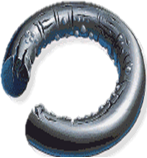
High-pressure gases have caused the O-ring to blister and rupture as the pressure rapidly drops.

Your O-ring shows a flat surface parallel to the motion direction, with loose particles and scrapes.

The O-ring has lost volume or weight, typically in fuel systems.
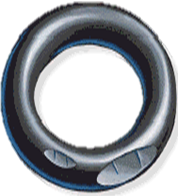
The O-ring has small cuts, nicks, or gashes from installation.

Your O-ring is cracking on the surface due to exposure to ozone, UV radiation, or pollutants.
There you have it, folks—the thrilling world of O-ring failures and their fixes! Whether you’re battling extrusion or nibbling, over-compression, or even the dreaded weather cracking, remember that the right material and design choices can save the day. Happy sealing!
